
Tech & Sci
09:10, 25-Jan-2018
Chinese scientists clone monkeys in world first
By Gao Yun
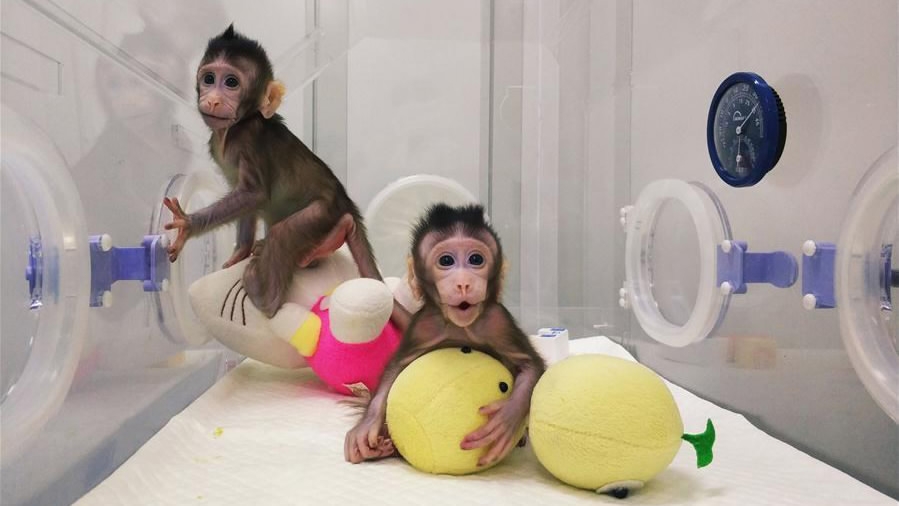
As published on the website of the scientific journal Cell on Thursday, China has successfully cloned the world’s first two macaques from somatic cells with the same method used to clone Dolly the Sheep.
The technique can help researchers to “customize” monkey groups with exactly the same genes, and go further in human disease research.
Named “Zhong Zhong” and “Hua Hua” (“Zhonghua” stands for "China" in Chinese), these two cloned macaques were born on Nov. 27 and Dec. 5, 2017, after five years’ of research by the scientists from the Institute of Neuroscience (ION), Chinese Academy of Sciences (CAS).
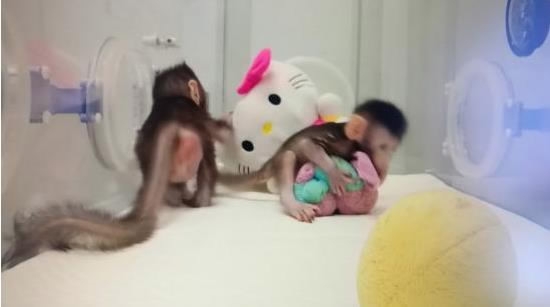
“Zhong Zhong” and “Hua Hua” /CCTV News
“Zhong Zhong” and “Hua Hua” /CCTV News
The technique, namely somatic cell nuclear transfer (SCNT), is when researchers remove the nucleus from an egg cell, and replace it with the nucleus from a somatic cell to produce a viable embryo. In this case, the scientists used the somatic cells from a macaque and created genetically identical ones.
Emilie Marcus, editor-in-chief of Cell, called the result an exciting, significant work and a milestone that scientists worldwide have been working towards for 20 years. It has the potential to trigger a revolution in animal research and help develop new treatments to human diseases.
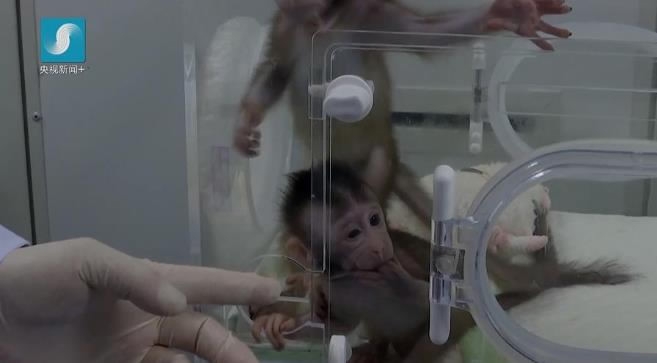
The world’s first two macaques cloned from somatic cells. /CCTV Photo
The world’s first two macaques cloned from somatic cells. /CCTV Photo
The two long-tailed primates, called “Crab-eating macaques”, have the scientific name of “Macaca fascicularis.”
Dolly and other cloned mammals
Dolly, the cloned sheep, made headlines around the world in 1996 as the world's first mammal cloned from an adult somatic cell.
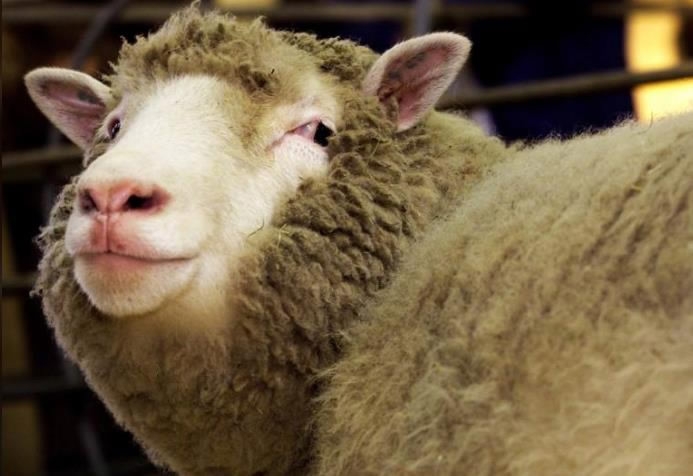
The world's first clone of an adult animal, Dolly /Reuters Photo
The world's first clone of an adult animal, Dolly /Reuters Photo
Since then, many other mammals have been cloned using the same technique, including horses, cattle, pigs, rabbits, dogs and cats.
But the somatic cell cloning of non-human primates remained a challenge.
A global challenge settled
Research into somatic cell cloning for non-human primates started at the end of the last century, while no success came by before, in spite of worldwide scientists’ numerous attempts.
The ION team optimized the techniques in the SCNT process to promote the reprogramming of the somatic cell and improve the embryo quality.
"By optimizing the method, we obtained 79 well-developed embryos and implanted them in 21 female monkey surrogates," said Pu Muming, head of ION, which finally led to the births of Zhong Zhong and Hua Hua.
This means more genetically identical macaques can be produced within one year and China will lead the world in using macaques as animal models in experiments.
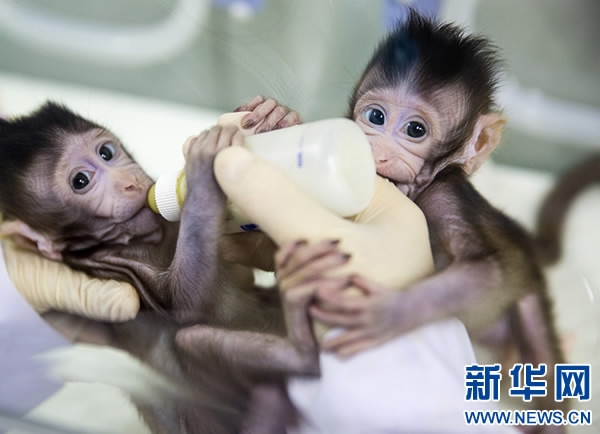
“Zhong Zhong” and “Hua Hua” fed by the scientist /Xinhua Photo
“Zhong Zhong” and “Hua Hua” fed by the scientist /Xinhua Photo
Mice are now being used as the model for studying human diseases, while the medicine selected based on this model doesn't take any effect or even may have side effects on human beings, as mice are so different from human, according to Pu.
Primates, however, are the closest relations to humans. As the new model, they are expected to help scientists achieve breakthroughs in the study of diseases in the fields of neuroscience, reproduction, and cancer, in which better medicine and treatments can be found when compared to other animal models, he added.
Monkey clone done-human clone next?

"Hua Hua" was born on Dec. 5, 2017. /VCG Photo
"Hua Hua" was born on Dec. 5, 2017. /VCG Photo
The answer is no.
The success only means that the technical obstacle has been removed in human cloning, but the clone macaques will be used only to build new models for helping to understand human brains and treat human diseases, said Pu.
“There is no need to do human cloning research, and no human clone is allowed by social ethics.”
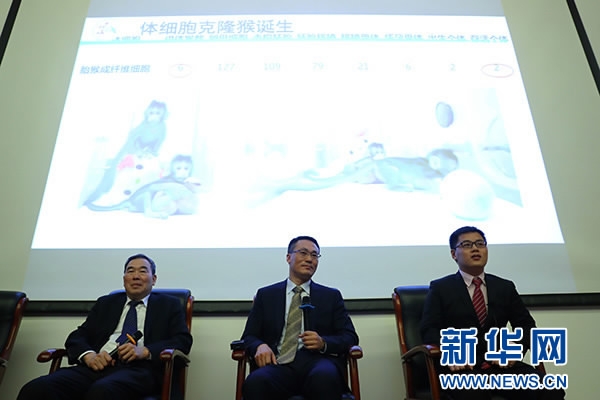
The scientists leading the study, Pu Muming (L), Sun Qiang (C) and Liu Zhen /Xinhua Photo
The scientists leading the study, Pu Muming (L), Sun Qiang (C) and Liu Zhen /Xinhua Photo
The work after the breakthrough will be to cultivate a macaque group with exactly same genes, improving the success rate of macaque cloning, said Sun Qiang, director of the CAS non-human-primate research facility, in order to do analysis on diseases, symptoms and related genes.
“Scientists are going to carry out further studies on diseases which we know are based on gene mutations, like dementia, Parkinson’s and other sports-related ones," Sun added.
"We are very aware that future research using non-human primates anywhere in the world depends on scientists following very strict ethical standards,” said Pu.

SITEMAP
Copyright © 2018 CGTN. Beijing ICP prepared NO.16065310-3
Copyright © 2018 CGTN. Beijing ICP prepared NO.16065310-3